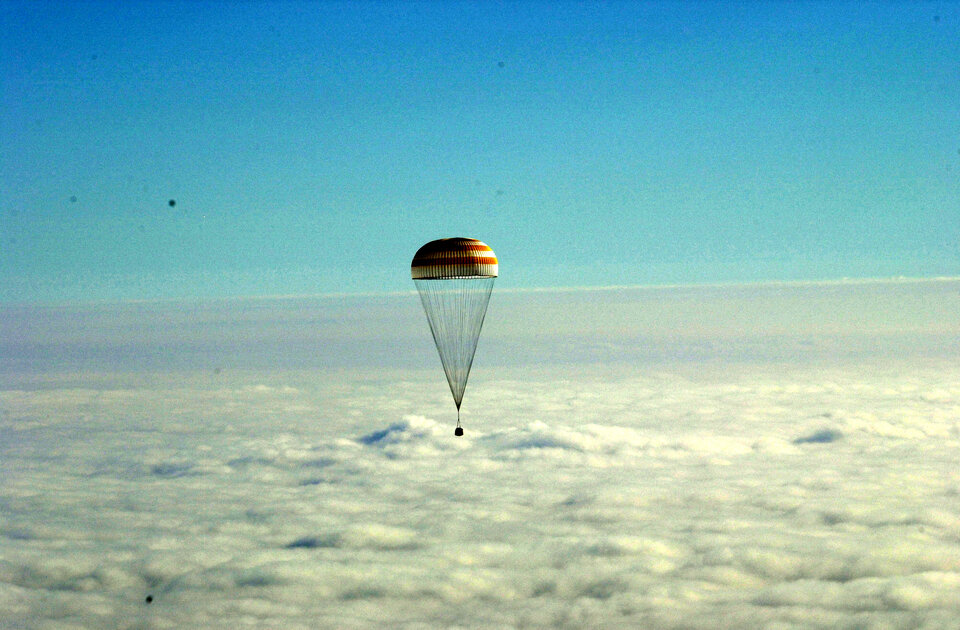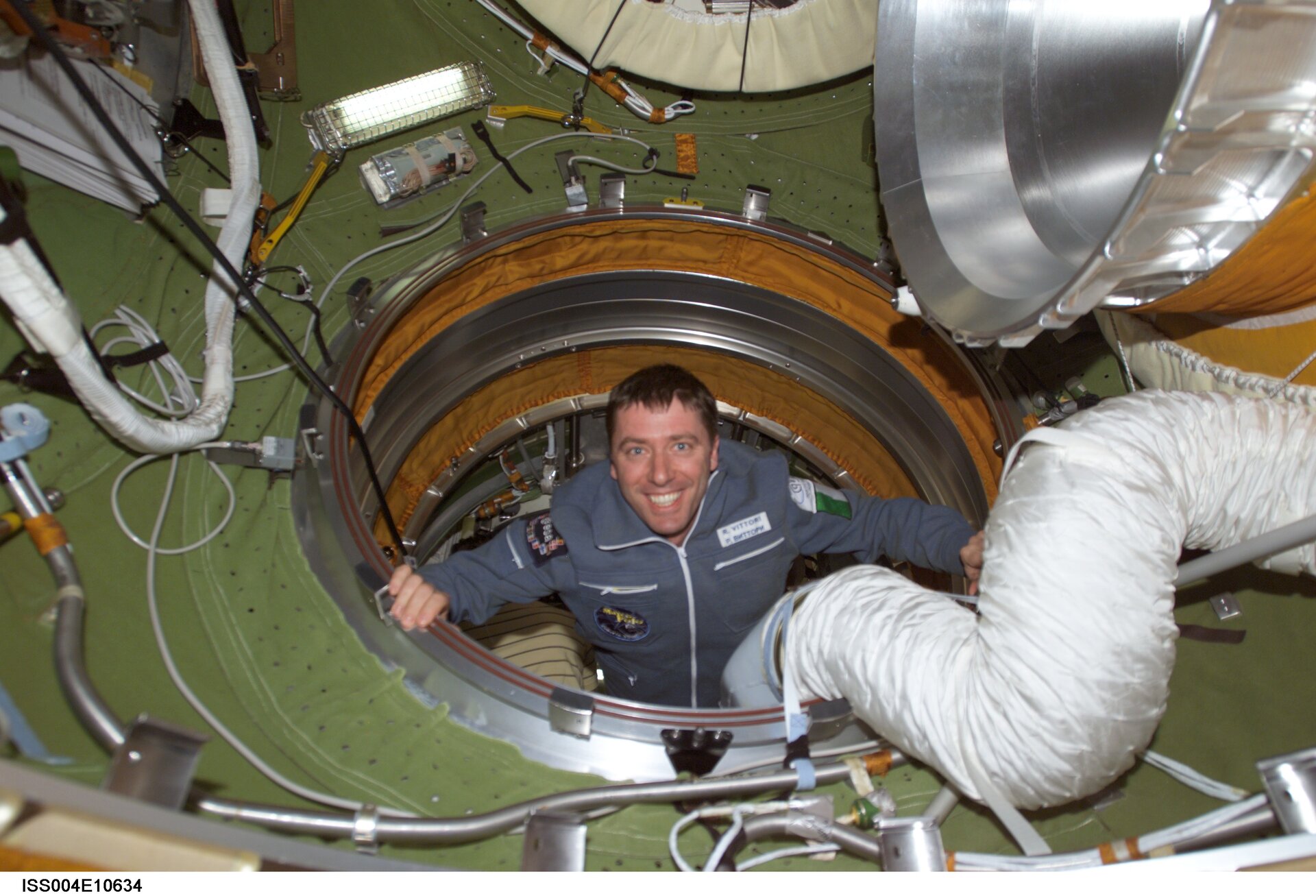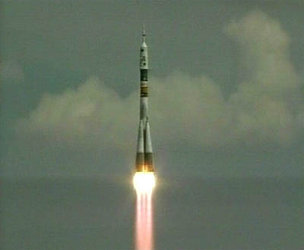Days 9 & 10: Final preparations for return to Earth
All sights are set on the return to Earth of the Soyuz TM-33 spacecraft during the night of Saturday to Sunday. The Soyuz Commander Yuri Gidzenko and ESA astronaut Roberto Vittori are busy packing all the equipment into the already crowded return module. Three crew members dressed in spacesuits, their contour seats, the life support and emergency equipment, as well as all the experiment data, have to be accommodated into only 3.5 cubic metres.
Some experiments can already be packed and stowed such as VEST. Roberto finished the final questionnaires reporting his experiences with the newly designed clothing. CHIRO, which investigated the fine sensomotoric of hand and fingers under weightlessness, will be packed after one last run.
In the afternoon the cosmonauts received a newly written improvised procedure from Luca Anniciello, a member of the ESA/ASI operational group at TsUP, which will ensure that the data of all sessions for CHIRO can be returned to Earth. The cosmonauts were working late to get their tasks done. The last experiment to be shut down will be the ALTEINO radiation spectrometer that has been continuously registering charged particles since the arrival of the visiting crew.

The crew’s schedule for Saturday began later than usual, they reported back to work at 12:00 CEST (10:00 GMT) instead of 08:00 CEST (06:00 GMT).
Later this evening the crew will enter the TM-33 Soyuz vehicle in which they will return to Earth. The hatches between the Soyuz and the ISS will be closed at 23:15 CEST (21:15 GMT) and undocking will occur at 02:28 CEST (00:28 GMT) early Sunday morning. Landing in Kazakhstan is scheduled for 05:52 CEST (03:52 GMT).
The search and rescue operation is in full swing with teams deployed in the different primary and secondary landing sites called “polygons”. With the help of helicopters and all-terrain vehicles the rescue specialists - among them ESA crew doctor Filippo Ongaro - will already be able to follow the parachute descent of the Soyuz capsule. They will approach the capsule after landing and position it so that it is easier for the cosmonauts to leave their cramped quarters.





